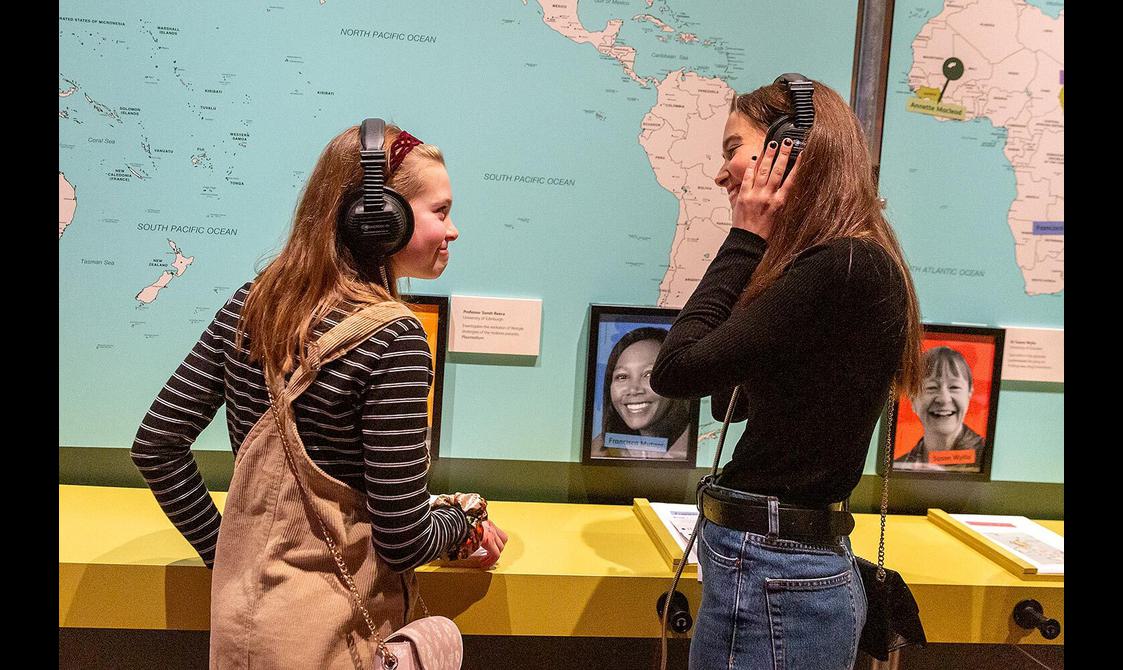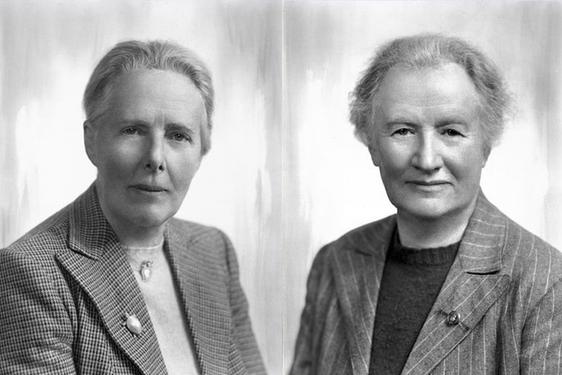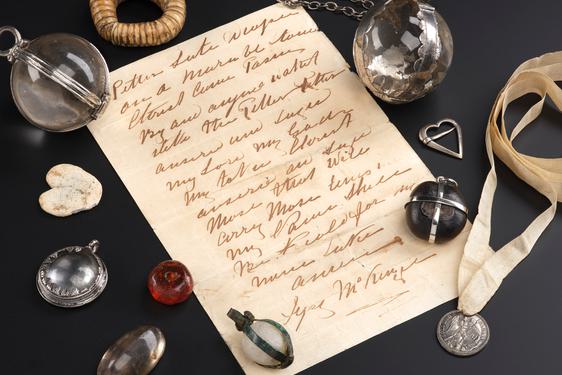
About Parasites: Battle for Survival
This exhibition explored the challenges we face in fighting five of the most persistent parasites and the people who are fighting against them – from scientists and researchers in the laboratory to the local communities and workers on the front line.
This hands-on exhibition invited you to build a parasite as you moved through the interactive displays, heard from scientists leading the fight, discovered the rules of working in a lab, and explored how to design drugs to tackle these diseases.
The exhibition focused on five tiny parasites that cause some of the most devastating diseases including malaria, schistosomiasis, leishmaniasis, sleeping sickness and guinea worm disease. These diseases affect 1 in every 18 people in the world. These five are among a range of diseases which the World Health Organization is aiming to eliminate, some as soon as 2020, with research centres in Dundee, Edinburgh and Glasgow at the forefront of these efforts.
Exhibition highlights





Presented in partnership with the Wellcome Centre for Anti-Infectives Research at the University of Dundee, Wellcome Centre for Integrative Parasitology at the University of Glasgow and Edinburgh infectious Diseases at the University of Edinburgh.
You might also like
- Discover

The mysterious 15 million year gap in our evolution
If the first four-legged animals had never emerged from water onto land, our world today would not exist. Yet how did this great step happen? For decades, scientists didn’t know. Now, the mystery is finally being solved – and fossils…Keep reading - Discover

The pioneering women of ornithology
Known as ‘the good ladies' of bird collecting, Dr Evelyn Baxter (1879–1959) and Leonora Rintoul (1878–1953) were born one year, and just a few miles apart, in Fife. Together they devoted their lives to collecting and studying the birds of…Keep reading - Discover

From amulets to elf bolts: 11 Scottish Charms
Before the advent of modern medicine, infectious diseases were common, and the average lifespan was short. Doctors and chirurgeons (surgeons) were only found in the main towns, so people used home remedies to try and cure their…Keep reading


